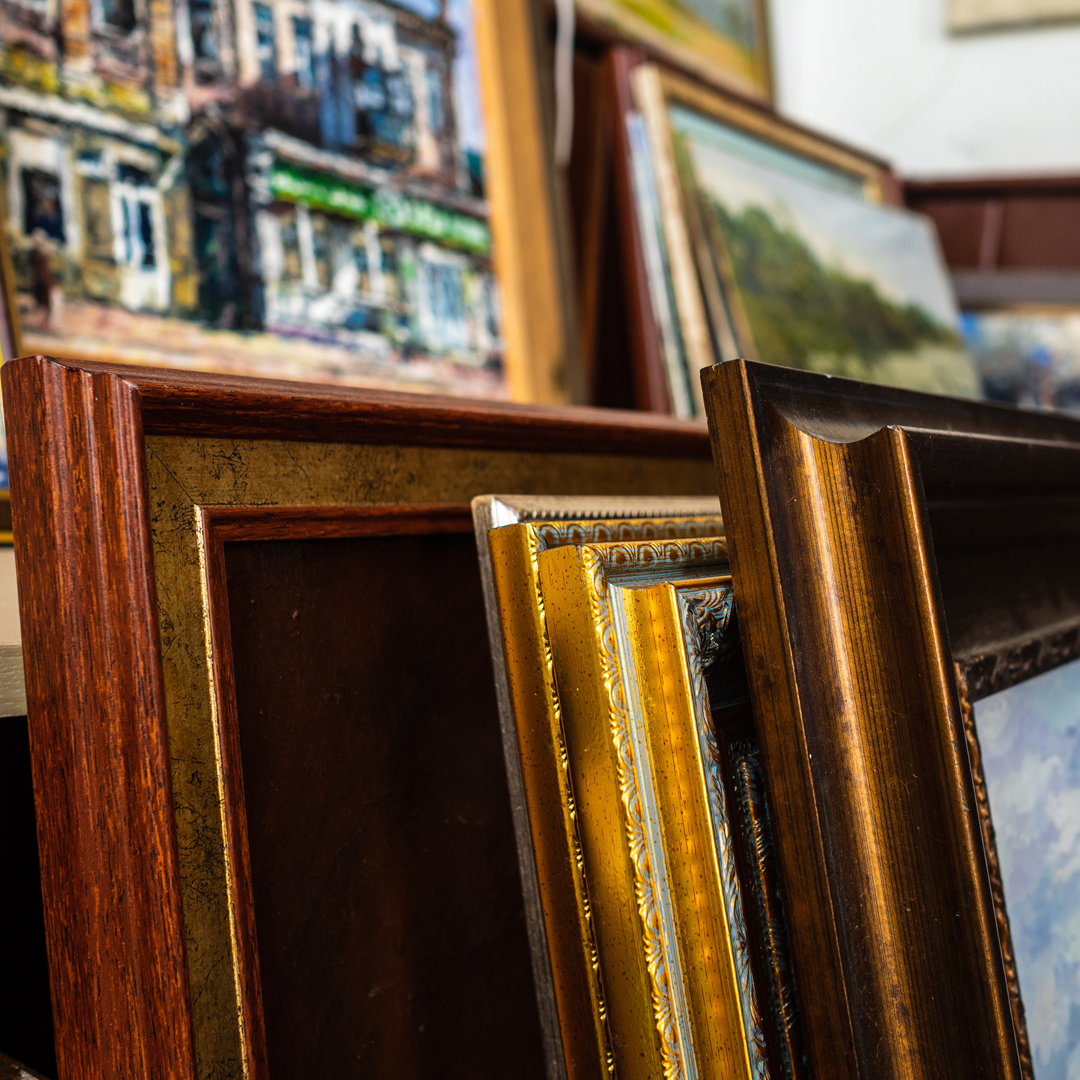Aktuelles
Have a Painting Appraised

Expert Guide: How and Why to Have a Painting Appraised
Understanding the Value of a Painting
Having a painting professionally appraised is a crucial step in determining both its artistic and financial worth. Whether you're considering a sale, seeking insurance coverage, settling an estate, or simply exploring your curiosity, a professional valuation offers clear, trustworthy insight into what a painting is truly worth. Appraisals not only shed light on a work's current market value but also deepen your understanding of its historical, stylistic, and cultural context.
But how exactly does the process work? Which criteria influence a painting's value? And how do you find reputable experts? This article provides detailed, well-researched answers to all key questions about painting appraisals.
Why Is a Professional Appraisal Essential?
An accurate appraisal is indispensable for navigating the art market with clarity and confidence. Whether you're preparing to sell, planning to auction a piece, or managing a collection, a professional valuation helps you make informed, strategic decisions. It also serves as an important protective tool, establishing a clear baseline that safeguards against misjudgment, undervaluation, or fraud.
Moreover, a certified appraisal can be instrumental for legal, financial, or curatorial purposes. You're not just finding out how much a painting is worth—you're also ensuring that your decisions around it are grounded in expertise.
Common Scenarios for a Painting Appraisal
Appraisals can benefit collectors, heirs, and institutions in a variety of contexts:
- Art Market Transactions: Setting fair prices for gallery sales, auctions, or private deals
- Insurance Coverage: Establishing the correct replacement value in case of theft, loss, or damage
- Estate Planning: Aiding equitable distribution and official valuation during inheritance processes
- Authenticity and Documentation: Verifying authorship, provenance, and legitimacy for resale or archiving
In each of these cases, a professional and unbiased appraisal serves both protective and strategic purposes.
How Is a Painting's Value Determined?
Appraising a painting is a methodical process that combines art expertise with market analysis. Qualified professionals evaluate the following core factors:
- The Artist: An artist's reputation is one of the most powerful drivers of value. Name recognition, historical importance, presence in museum collections, and past auction results all play a role.
- Provenance: A well-documented chain of ownership significantly increases value. It builds trust among collectors and helps verify authenticity.
- Condition and Restoration: The physical state of a painting is key to its valuation. Fading, cracking, or poor restoration can reduce value.
- Style, Subject Matter, and Period: Demand varies by artistic movement, subject matter, and era.
- Market Conditions: Demand for particular artists or styles can fluctuate based on cultural trends, exhibitions, or auction records.
Self-Assessment: A Checklist for Initial Orientation
Before engaging a professional, you can gather helpful information using this preliminary checklist:
- Original or Print? Examine the surface for texture—brushstrokes or palette knife marks indicate an original.
- Material Analysis: Determine what the painting is on—canvas, wood, metal, etc.
- Provenance Documentation: Collect any certificates, invoices, gallery records, or prior appraisals.
- Condition Overview: Look for damage such as cracking, discoloration, or warping.
- Comparative Research: Search for similar works by the same artist or genre in auction databases.
The Appraisal Process: Step by Step
- Initial Inquiry and Submission: Provide photos, dimensions, and known background details.
- Expert Examination: A qualified specialist examines the artwork in person or via high-resolution images.
- Research and Market Comparison: The appraiser uses records and price databases for analysis.
- Valuation Report: A formal report is issued detailing the findings and estimated value range.
How to Prepare Your Painting for Appraisal
- Gather Documentation: Ownership records, certificates, and previous evaluations are helpful.
- Photograph the Artwork: Use natural light and photograph the front, back, and signature.
- Avoid Touching or Cleaning: Improper cleaning can cause damage. Handle with gloves if needed.
Final Thoughts: Trust in Expert Knowledge
Appraising a painting is both a science and an art. It requires deep historical knowledge, technical skill, and a keen understanding of the global art market. The experienced team at Kunstauktionen Düsseldorf offers trusted expertise in valuation, authentication, and strategic art advisory.
Whether you're managing an estate, evaluating a recent purchase, or preparing to sell, we accompany you through every stage – from initial appraisal to market placement.
Curious about the true value of your artwork?
Contact us today for a confidential, no-obligation consultation. We look forward to assisting you.
